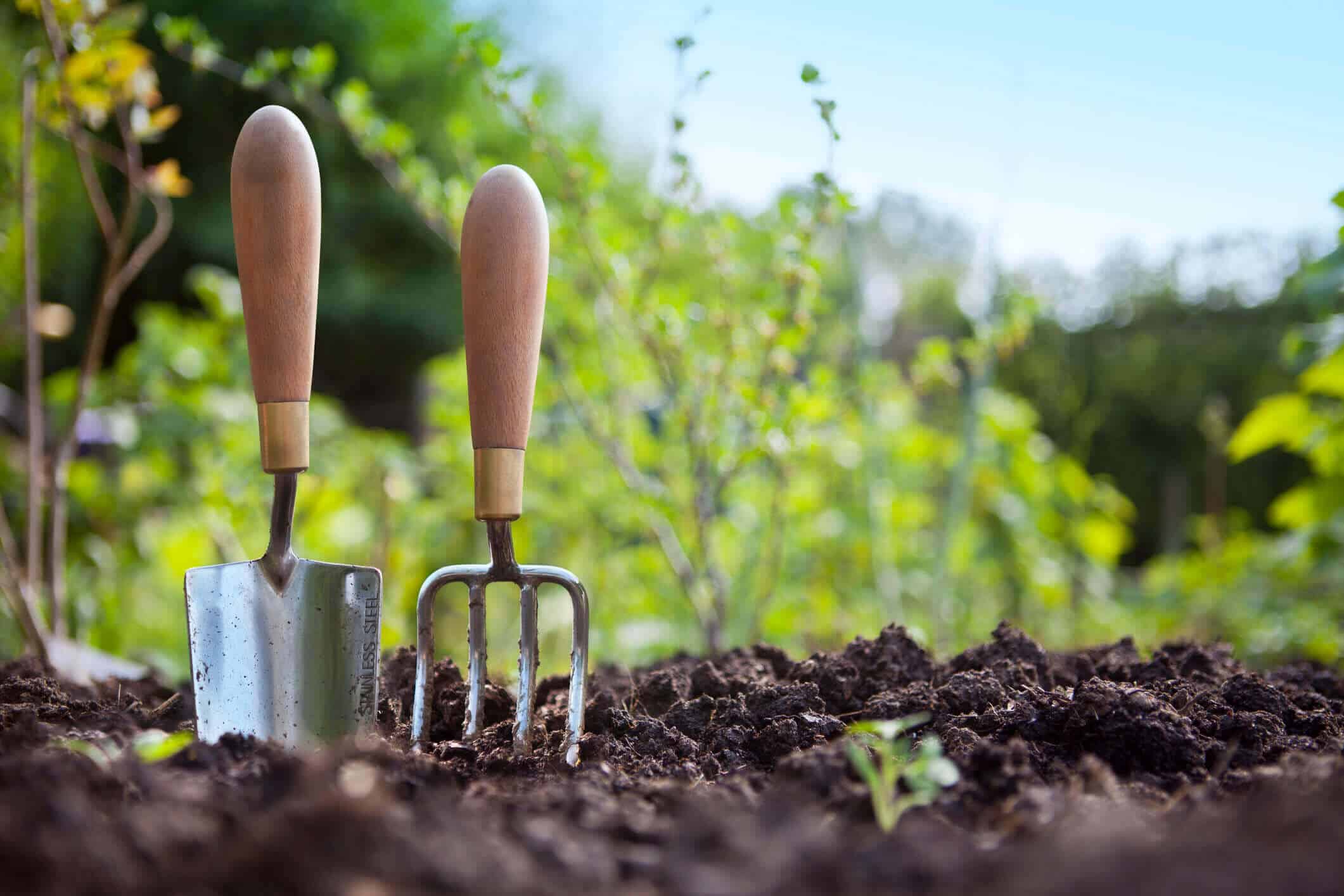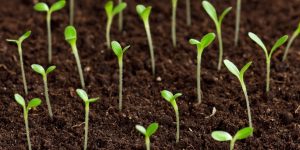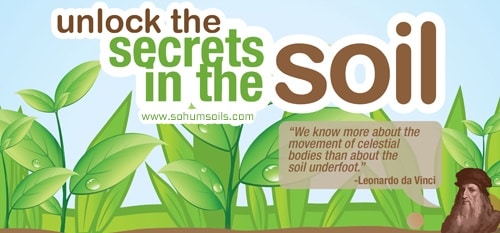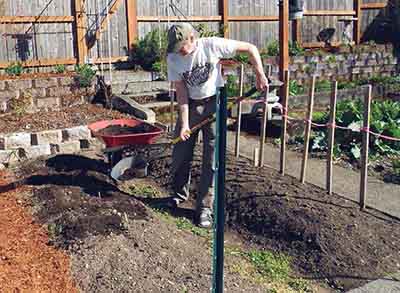For large scale dispensary operations and cannabis facility design, the decision to grow with soil or hydroponics is based on many factors. But as cannabis laws and regulations continue to expand ways in which people can legally grow, consume and sell marijuana, home growing operations are becoming more popular than ever. While the average home grower does not need to worry about cannabis licensing and cannabis marketing, they do need to carefully consider what growing medium to use.
Three Immediate Advantages to Choosing Soil for the New Grower
The choice boils down to hydroponics, aeroponics, and soil. While people tend to picture plants grown in water when they hear hydroponics or aeroponics, that actually refers to plants grown in any medium other than soil, including sand and gravel. So while all operations based in soil growing will have some very marked similarities, there is an extremely wide range of hydroponic systems, each with their own set of factors and concerns.
For instance, while all soil growing operations require a grower to take care that their plants are receiving the right amount of water, a grower using a water hydroponic system does not have to worry about watering plants, while someone using a sand hydroponic system must take that into account. And that is one of the big advantages of choosing soil: because soil growing operations are all fundamentally similar, especially when broken down to indoor/outdoor and container and planted in the ground, there are more resources for the soil grower, especially when it comes to initial set-up and troubleshooting, than there are for hydroponics. It is very easy to find a guide for a soil set-up that will meet a home grower’s specific needs and variables, whereas hydroponic systems tend to more unique, as well as expensive.
And while the concept of using hydroponics to grow plants is hardly new; it has been going at least as far back as the time of the Aztecs, for the average home grower, it remains a novel concept. For the person who is just getting started growing cannabis, hoping to apply their previous gardening experience to cultivating marijuana, soil is the clear choice because home gardening experience does carry over.
A final advantage involving initial set-up is the cost, and almost always, the initial set up cost is less for soil than it is for hydroponics or aeroponics.
So in terms of getting started, soil has some very clear advantages:
- It is easier to find helpful resources to help set up and troubleshoot.
- Previous home gardening experience carries over.
- Initial set up costs are lower.
The Cons of Choosing Soil
With all of these advantages to initially choosing soil, you may wonder why hydroponics remains such a popular choice for marijuana cultivation. For a home grower looking to maximize yield above all else, then hydroponics might be the right choice, but for many home growers, quality is valued much more over quantity, so the ability to cultivate the ‘right’ plant, is more important than having the fastest or largest harvest. Many a soil grower believes that soil-grown cannabis produces a better taste than hydroponics.
There are a couple of other important advantages to growing hydroponically. Pests that can damage a crop tend to live in the soil, so removing that also removes the threat of pests. The soil grower, especially the outdoor soil grower, must be vigilant and take measures to prevent any infestation of possible pests. For a container grower, switching the soil between every planting cycle will go a long way towards eliminating the threat of pests, and has the added advantage of being able to guarantee the grower is able to get the precise mix of nutrients and fertilizer that they want, every time.
Finally, there are those hydroponic growers who believe that their set-ups are the lowest maintenance operations. The lowest maintenance operation is always the one that each individual grower has perfected and best fits their own needs and goals, and for some, this is a hydroponic set-up, but it takes a large investment of both time and money to create a low-maintenance hydroponic growth operation.
So while soil is an excellent choice for the home grower there are some advantages to hydroponics:
- Hydroponically grown cannabis may grow faster.
- Hydroponic harvests tend to yield more.
- Hydroponic plants can be susceptible to pests.
- Some well-established hydroponic set-ups are very low-maintenance.
The Long-Term Advantages of Choosing Soil:
There are several long-term advantages to choosing soil that has nothing to do with the experience level of the grower. One of the largest is the taste of the harvested plant. And while that is, of course, a subjective metric, many experts believe that the flavor of soil-grown is superior. Another similar characteristic where soil has the advantage is how much easier it is to do completely naturally or officially organic. Many hydroponic systems require chemicals to be added that are neither natural nor organic and whether it is due to the grower’s personal preference, or having an all-natural product is important for cannabis marketing, that can often be a deal breaker.
Another big long-term advantage is maintenance. While each hydroponic system will have its own level of maintenance, some of which are fairly complex, all soil systems have a pretty even level of maintenance, where the main components occur during planting and in the watering stages. On the whole, the level of maintenance required by a soil system tends to be simpler, more straightforward and more inexpensive than hydroponics. Overall soil systems tend to be slightly more forgiving to inattention on the part of the grower. While having the wrong PH or nutrient levels in a hydroponic system can spell disaster for an entire crop if not quickly corrected, with a soil system, it’s more likely to be salvageable even if not corrected right away. The flip side of this is that problems can be slower to emerge and treat, but for hobbyist growers, for whom this is not a full-time job, having an operation that allows them to forget checking nutrient levels every so often is a worthwhile trade-off.
Whereas the choice to go with hydroponics or soil is an important one to every cannabis grower, when it comes to the home grower, especially the home grower who is just getting started cultivating cannabis, soil has some very marked advantages. Contact us today for more information!










